Book now
So much to see and so little time! Spend the night in Reykjavik or take a guided tour…
Reykjavik is the capital and largest city of Iceland. It has a rich history and culture that is closely tied to the island nation’s Viking heritage and unique natural landscapes. The city was founded in 874 AD by Norse settlers, and it has played a significant role in Iceland’s political and economic development throughout the centuries. Reykjavik has a vibrant cultural scene, with numerous museums, galleries, and festivals that showcase Iceland’s art, music, and literature.
Reykjavik offers a variety of must-see attractions for visitors:
1 Hallgrimskirkja
Hallgrimskirkja is a famous landmark and one of the most notable attractions in Iceland. It is a Lutheran church located in the heart of Reykjavik, the capital city of Iceland. The church is named after Hallgrímur Pétursson, a famous Icelandic poet, and clergyman.
The church is renowned for its unique architecture, which is inspired by the basalt lava columns that are commonly found in Iceland’s landscape. It was designed by Icelandic architect Guðjón Samúelsson and took more than 40 years to build, with construction starting in 1945 and finishing in 1986.
The church stands 74.5 meters tall and offers stunning panoramic views of Reykjavik from its observation deck. Visitors can take an elevator to the top of the tower to enjoy these views, as well as view the church’s impressive pipe organ.
Hallgrimskirkja is open to visitors daily, with admission fees for both the church itself and the observation deck. It is also used for religious services and concerts, making it a cultural hub for locals and tourists alike.
Location: Egilsgata
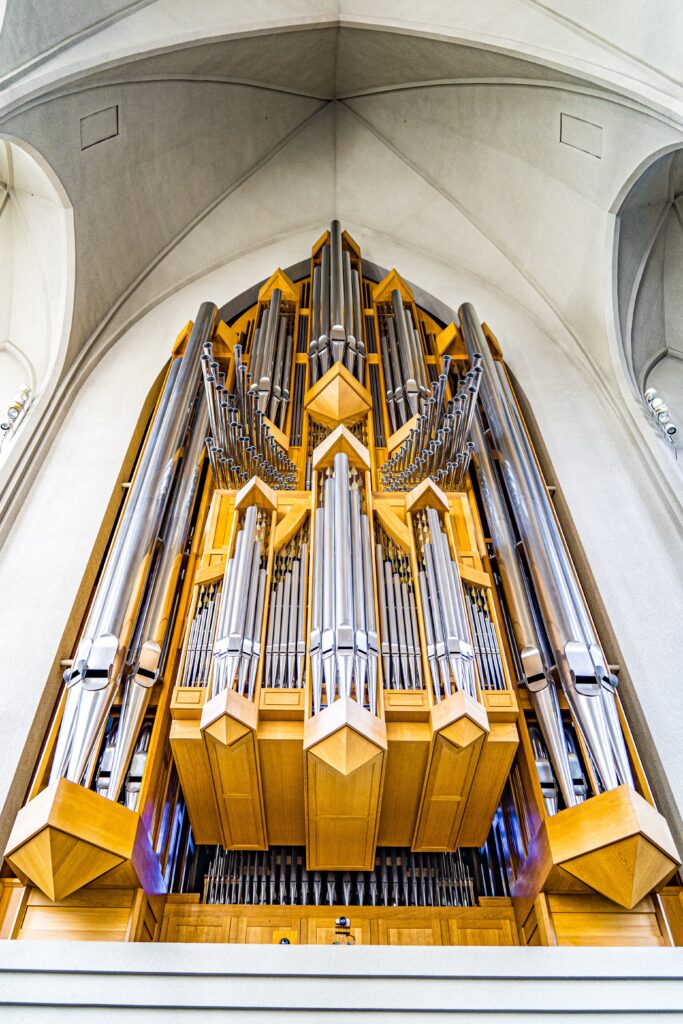
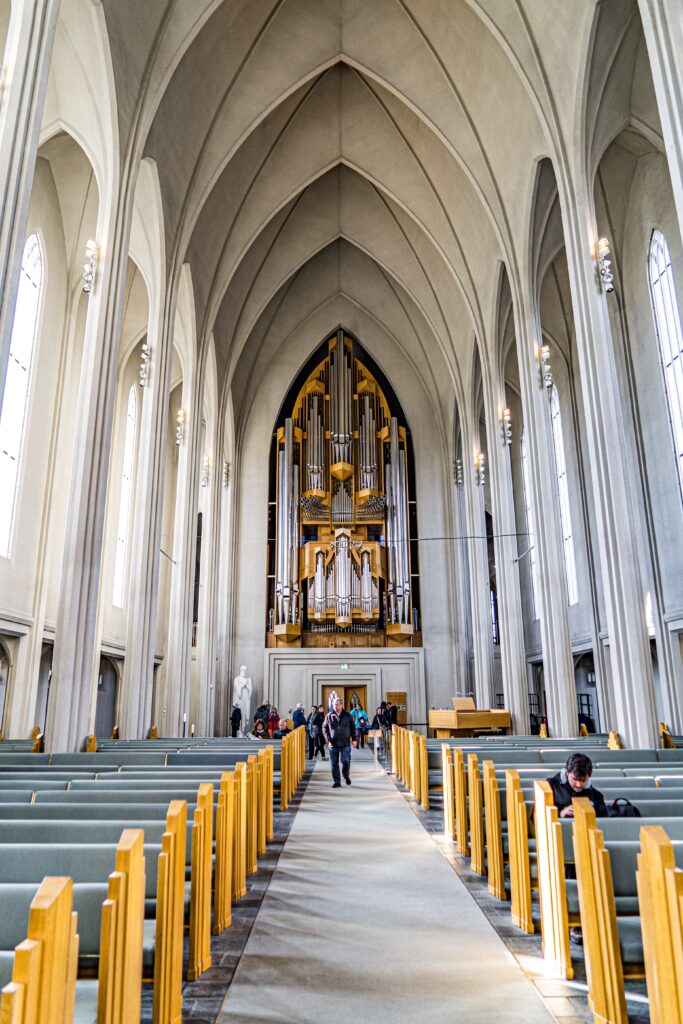

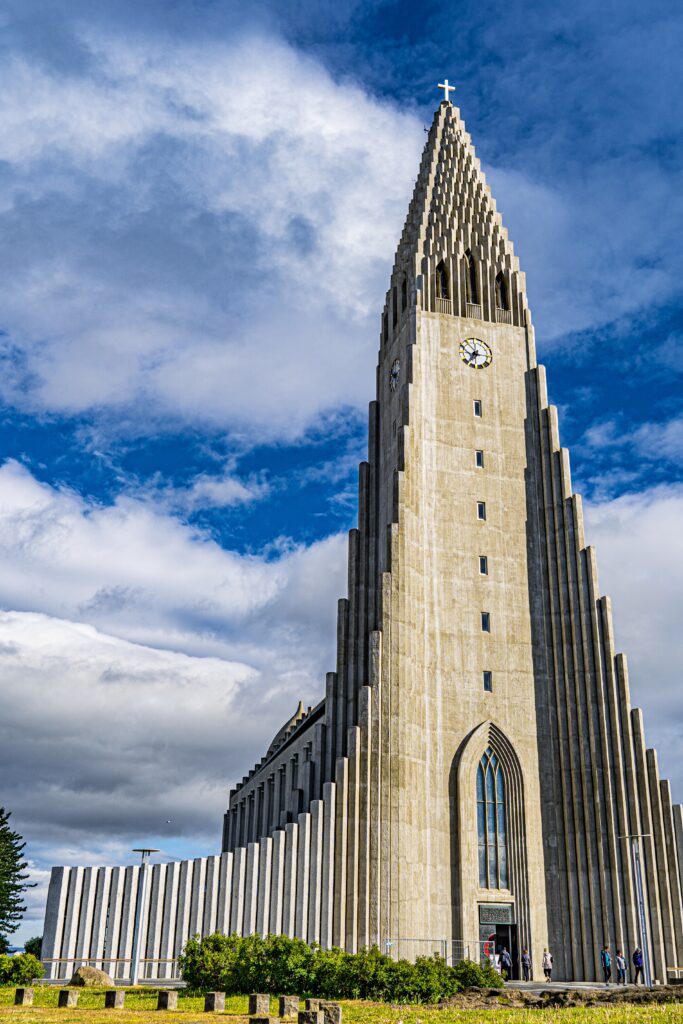

2 Harpa Reykjavik Concert Hall and Conference Centre
Harpa Reykjavik Concert Hall and Conference Centre is a modern and iconic building located in the heart of Reykjavik. The building was designed by the Danish firm Henning Larsen Architects in collaboration with Icelandic artist Olafur Eliasson and opened in 2011.
The design of the building is inspired by Iceland’s landscape and features a distinctive glass facade that reflects the surrounding environment. The building has won several awards for its unique design, including the prestigious Mies van der Rohe award in 2013.
Harpa is a cultural and social center that hosts a wide range of events, including concerts, conferences, and exhibitions. It is home to the Iceland Symphony Orchestra and the Icelandic Opera, making it a hub for the arts in Iceland. The building also features multiple restaurants, cafes, and bars, making it a popular spot for locals and tourists alike.
Visitors can take guided tours of the building to learn more about its architecture and design, as well as attend various events throughout the year. The building’s location along Reykjavik’s waterfront also provides stunning views of the surrounding mountains and sea.
Location: Austurbakki 2
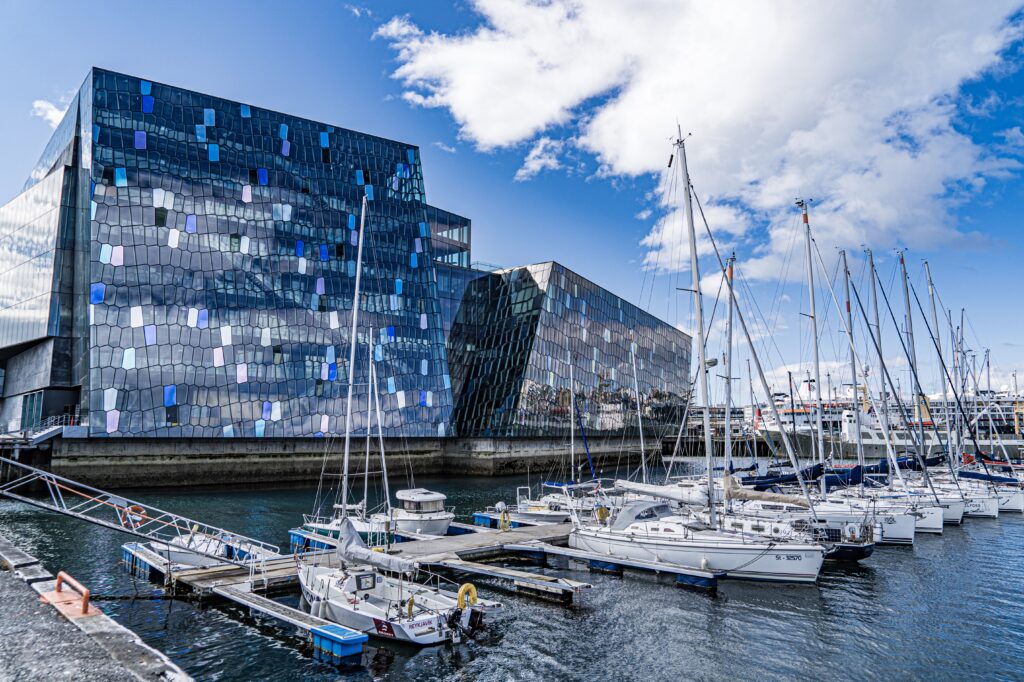

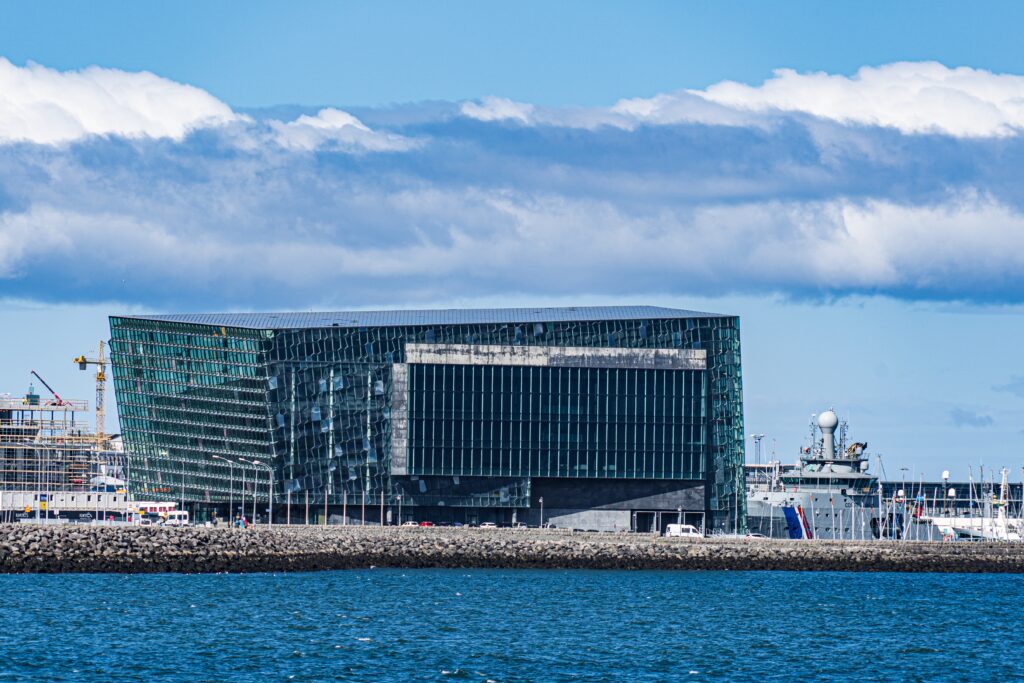

3 Sun Voyager
The Sun Voyager is a sculpture located on the Reykjavik waterfront, near the Harpa Concert Hall and Conference Centre. It was created by Icelandic artist Jón Gunnar Árnason and was unveiled in 1990 to celebrate the 200th anniversary of Reykjavik’s founding.
The sculpture is designed to resemble a Viking ship, with its sleek, polished surface and curved lines. It is made of stainless steel and stands 9 meters tall and 18 meters long. The sculpture’s name, Sun Voyager, refers to the concept of sailing into the unknown and represents the spirit of discovery and adventure.
The location of the sculpture offers stunning views of the surrounding mountains and sea, and it is a popular spot for tourists to take photos and enjoy the scenery. The sculpture has become an iconic landmark in Reykjavik and has been featured in numerous films, TV shows, and advertisements.
The Sun Voyager is open to visitors year-round and can be viewed from the surrounding pedestrian walkway. It is also conveniently located near other popular tourist attractions, such as the Harpa Concert Hall and Conference Centre and the Old Harbour, making it a great addition to any Reykjavik sightseeing itinerary.
Location: Rekagrandi 1
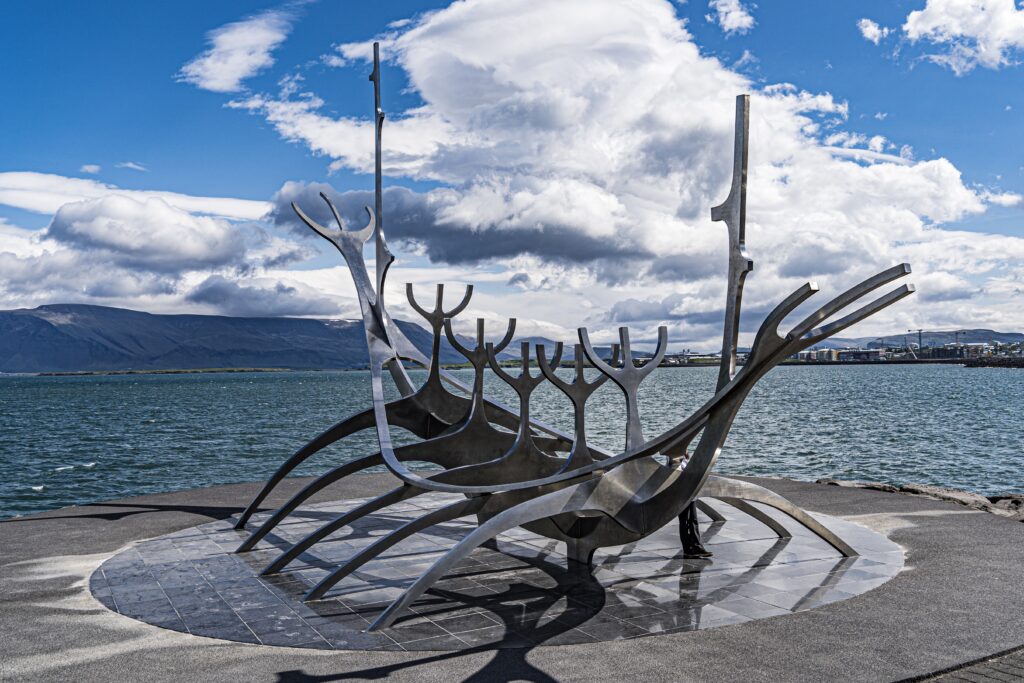

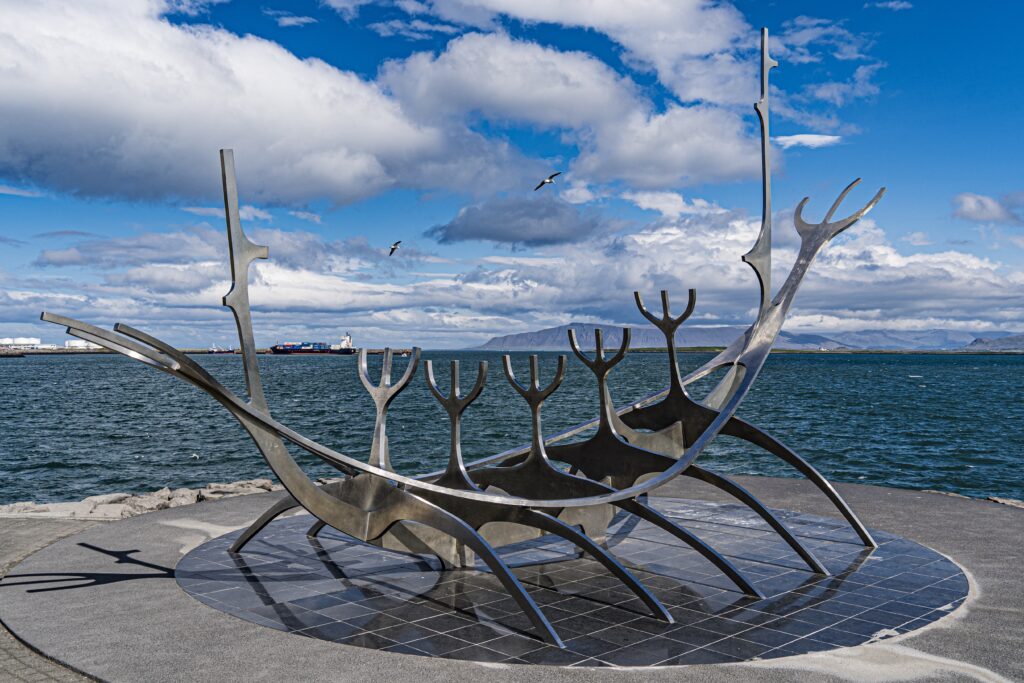

4 Old Reykjavik
The Old Reykjavik City Center is the historic heart of Reykjavik, Iceland’s capital city. The area is characterized by its colorful buildings, narrow streets, and charming atmosphere.
The Old City Center is a vibrant and lively area with numerous shops, cafes, and restaurants. It is also home to several cultural institutions, such as the Icelandic Opera, the Reykjavik Art Museum, and the National Museum of Iceland. Visitors can easily explore the area on foot and take in the unique charm of Reykjavik’s historic city center.
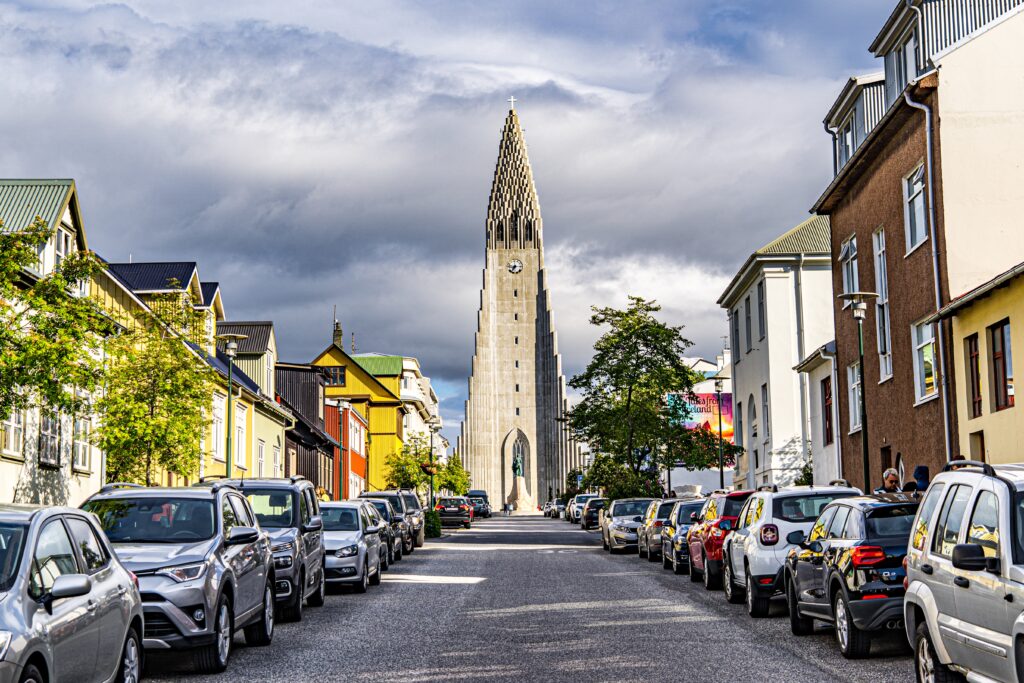

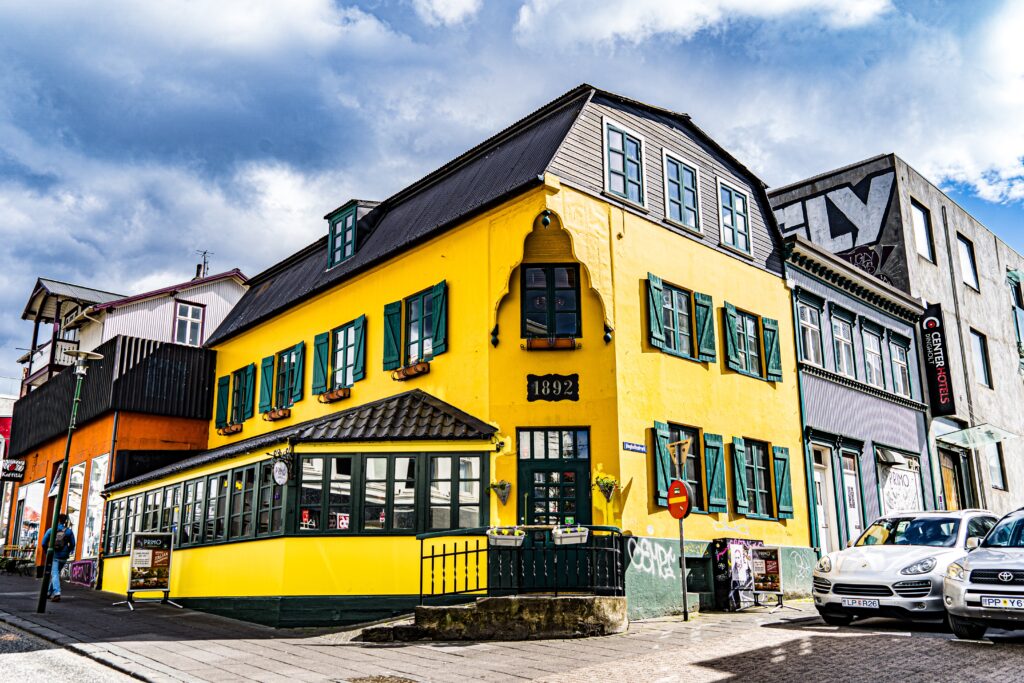

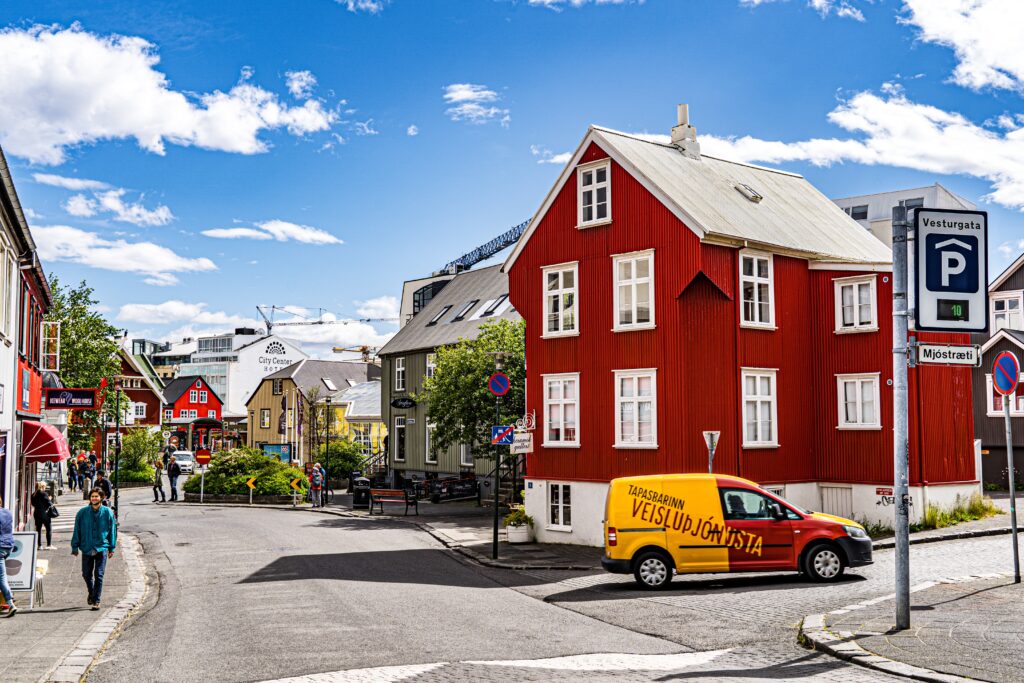

5 Harbor
The Old Harbor is within walking distance of the Old City Center and a popular spot for whale-watching tours and seafood restaurants.
The harbor area also features various museums, including the Reykjavik Maritime Museum and the Whales of Iceland museum.
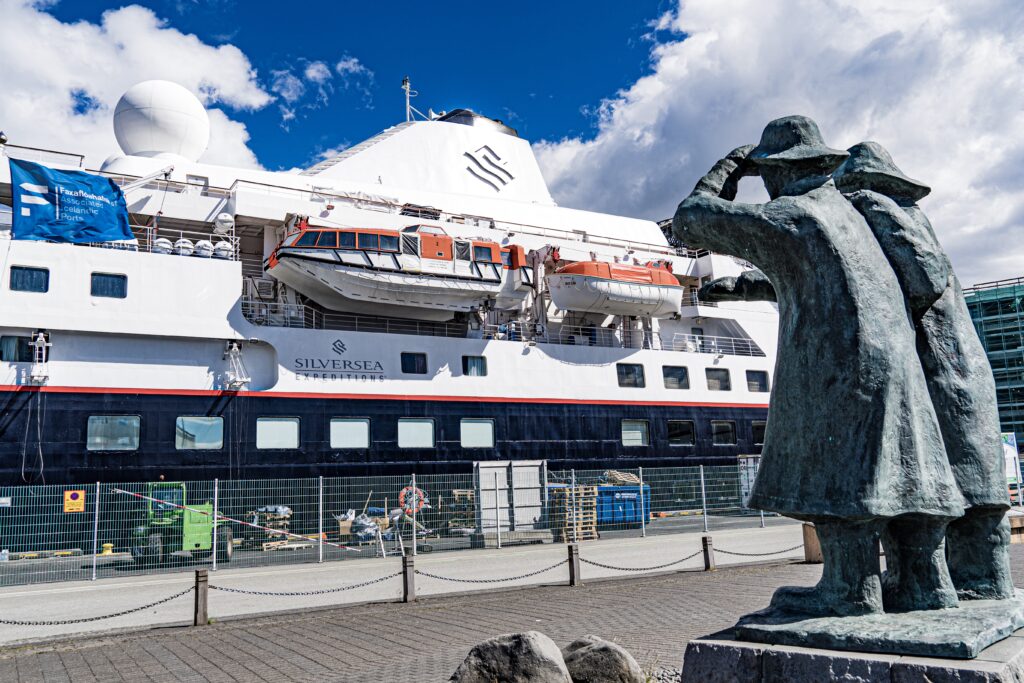

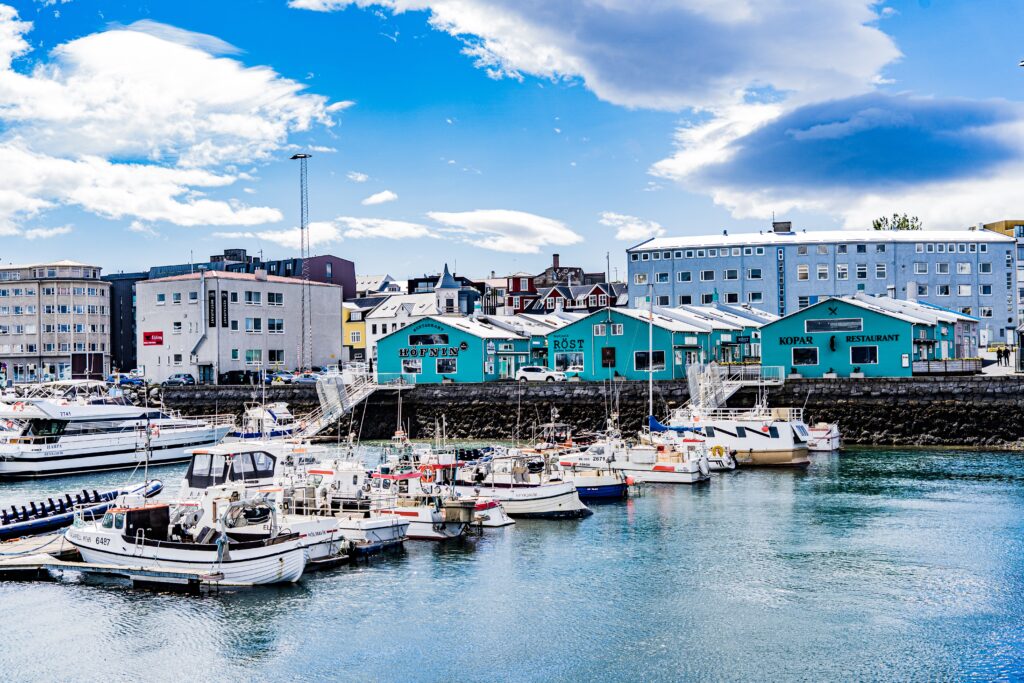



6 Street art
Reykjavik has a vibrant and growing street art scene, with many murals and other forms of street art on display throughout the city.
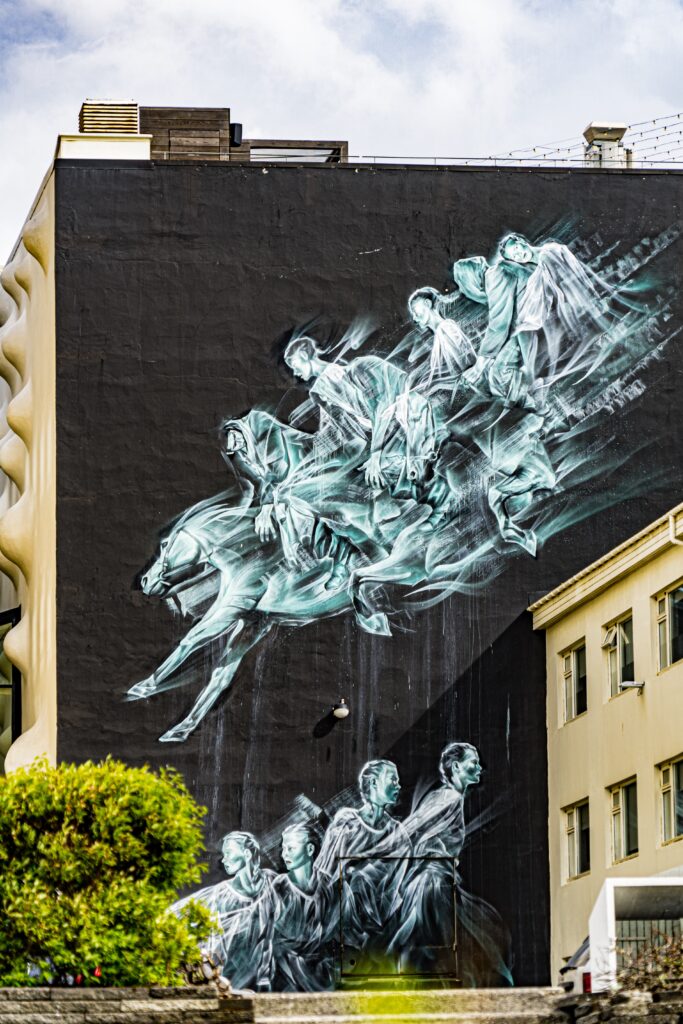

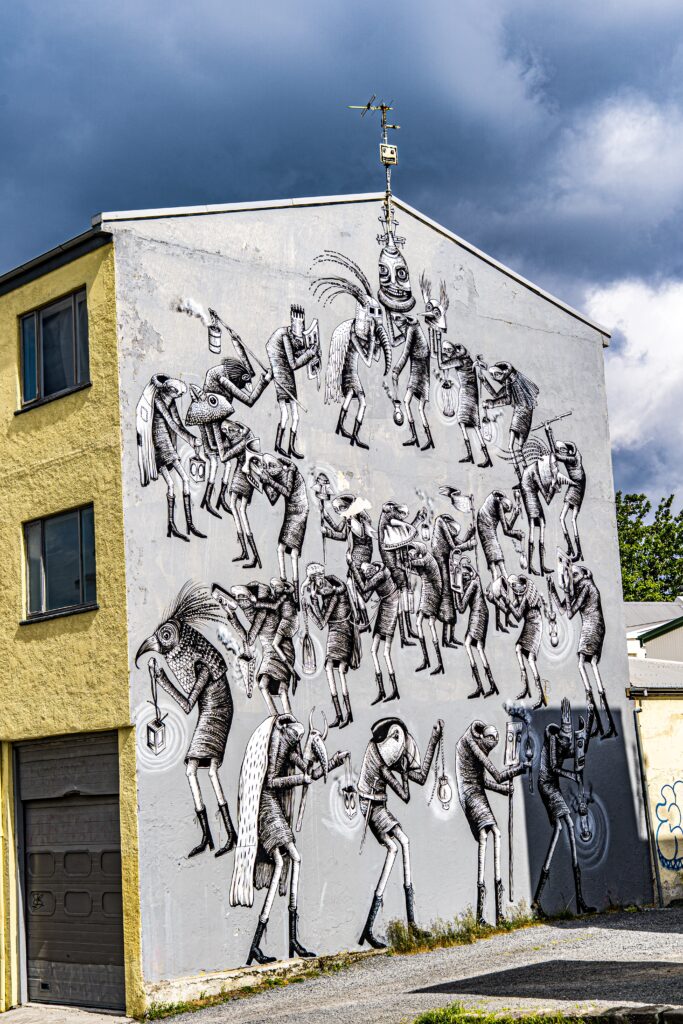

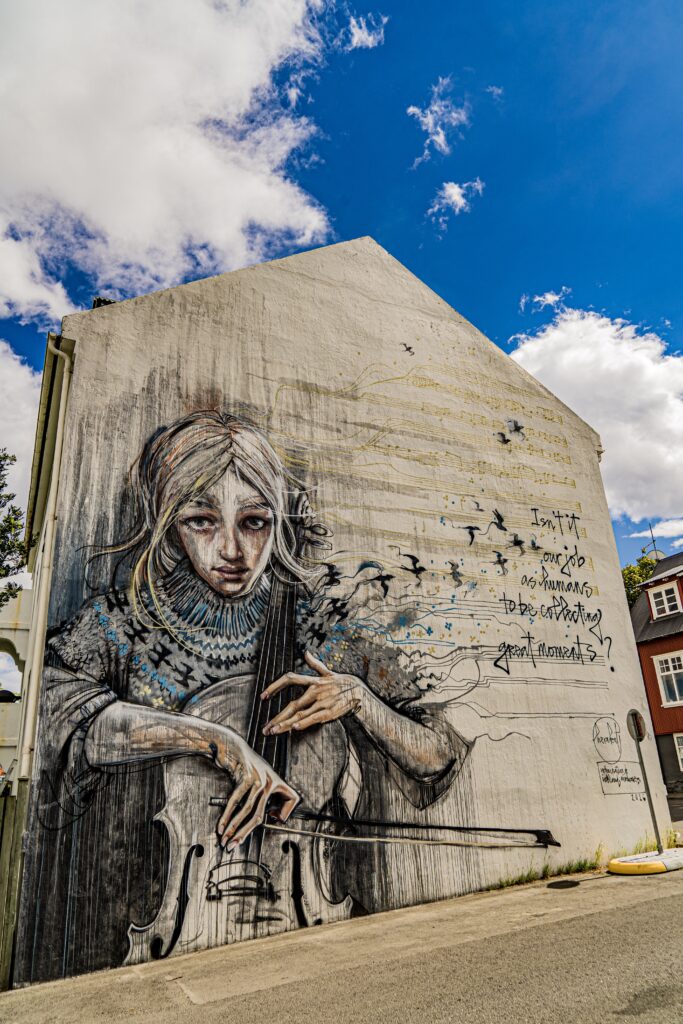

7 The Golden Circle
The Golden Circle: A popular day trip that takes visitors to some of Iceland’s most iconic natural landmarks, including Gullfoss waterfall and Geysir geyser.
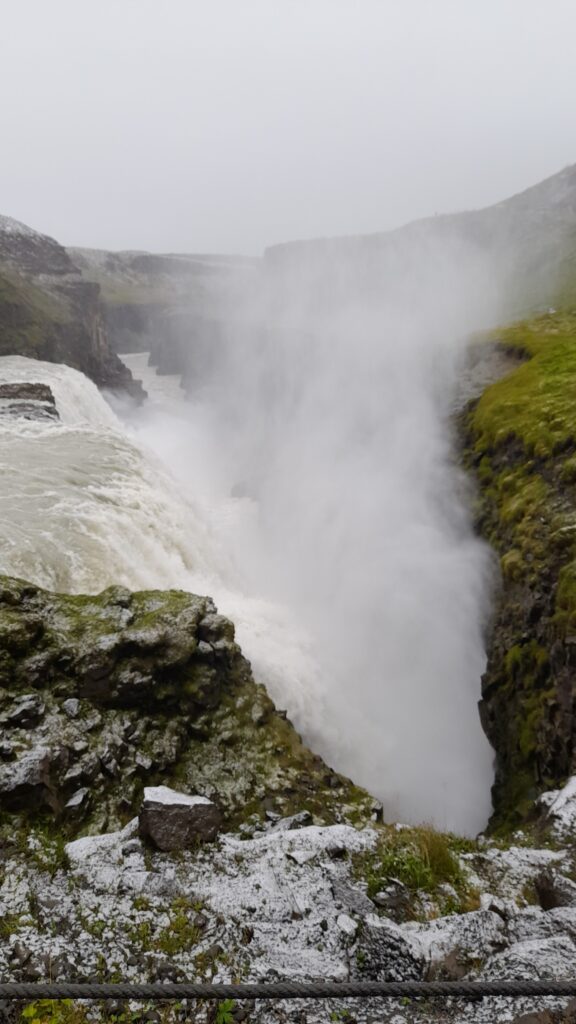

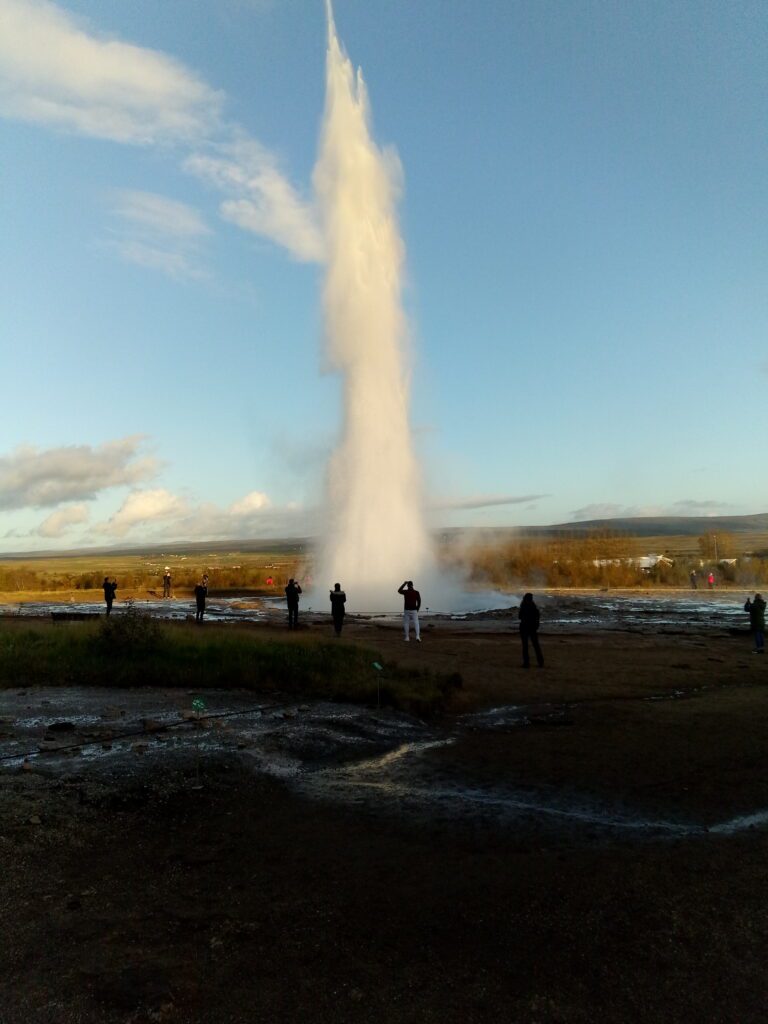

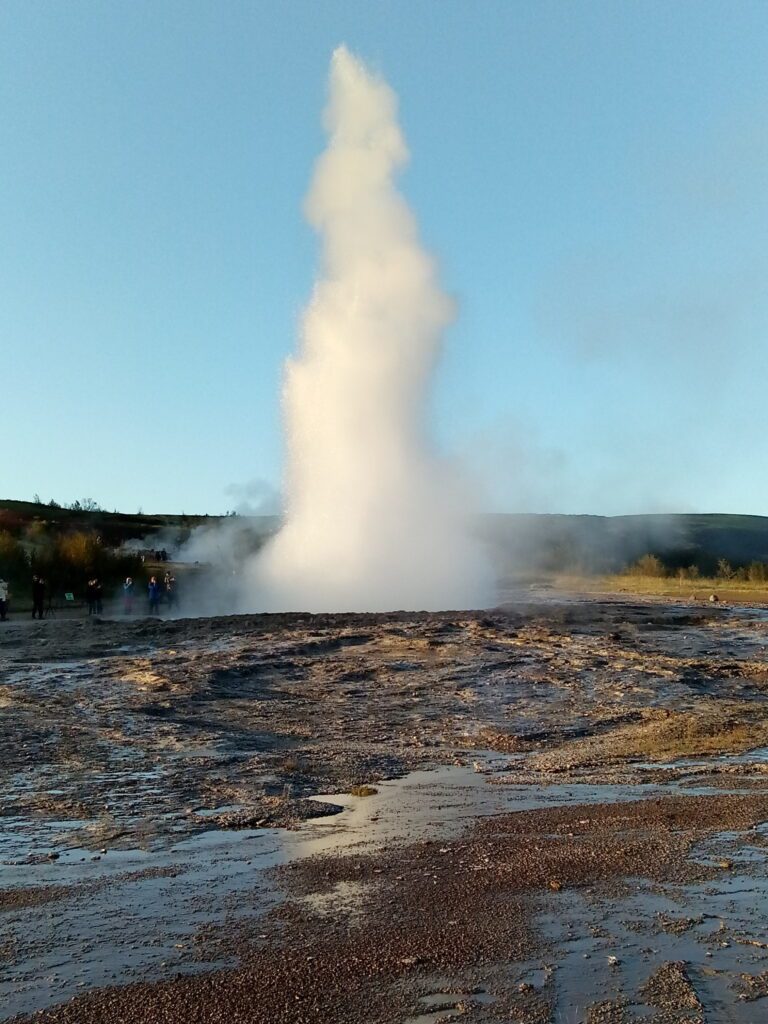

8 The blue Lagoon
The Blue Lagoon is a geothermal spa located in southwestern Iceland, near the town of Grindavík. It is one of Iceland’s most popular tourist attractions, known for its warm, milky blue waters, and its unique location amid a lava field.
The water in the Blue Lagoon is rich in minerals, including silica and sulfur, which are believed to have therapeutic effects on the skin. Visitors can bathe in the lagoon’s warm waters, which are maintained at a temperature of approximately 37-39°C (98-102°F) year-round.
In addition to the spa facilities, the Blue Lagoon also has a hotel, restaurant, and several other amenities, making it a popular destination for travelers looking to relax and unwind in Iceland’s natural beauty.
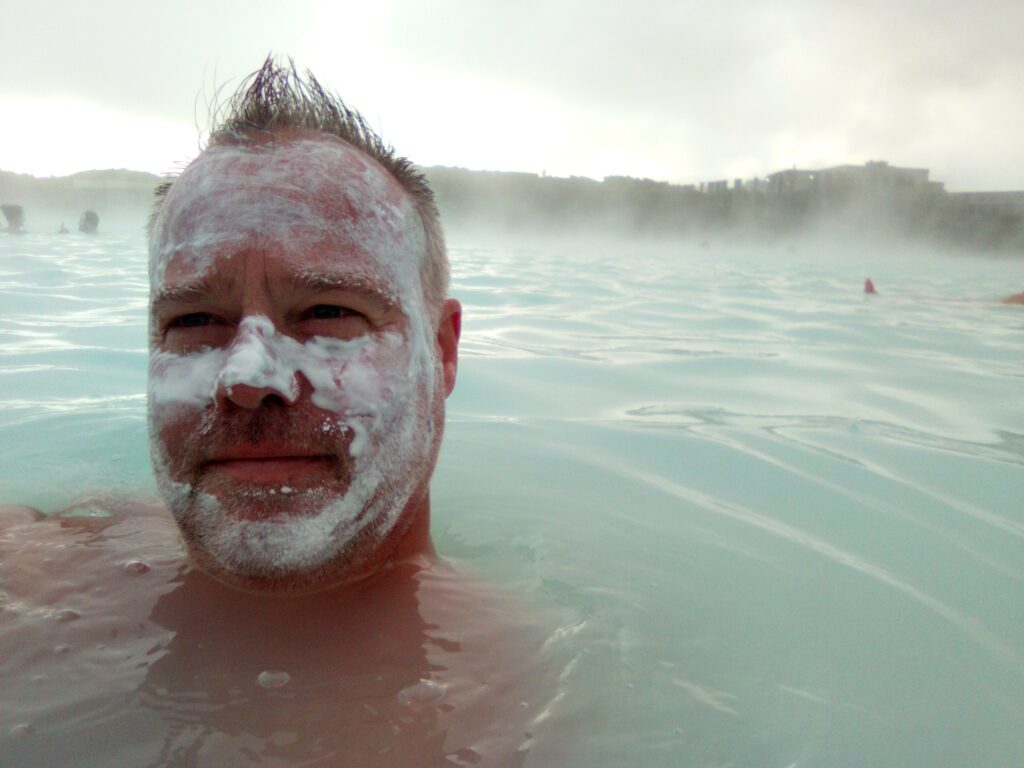

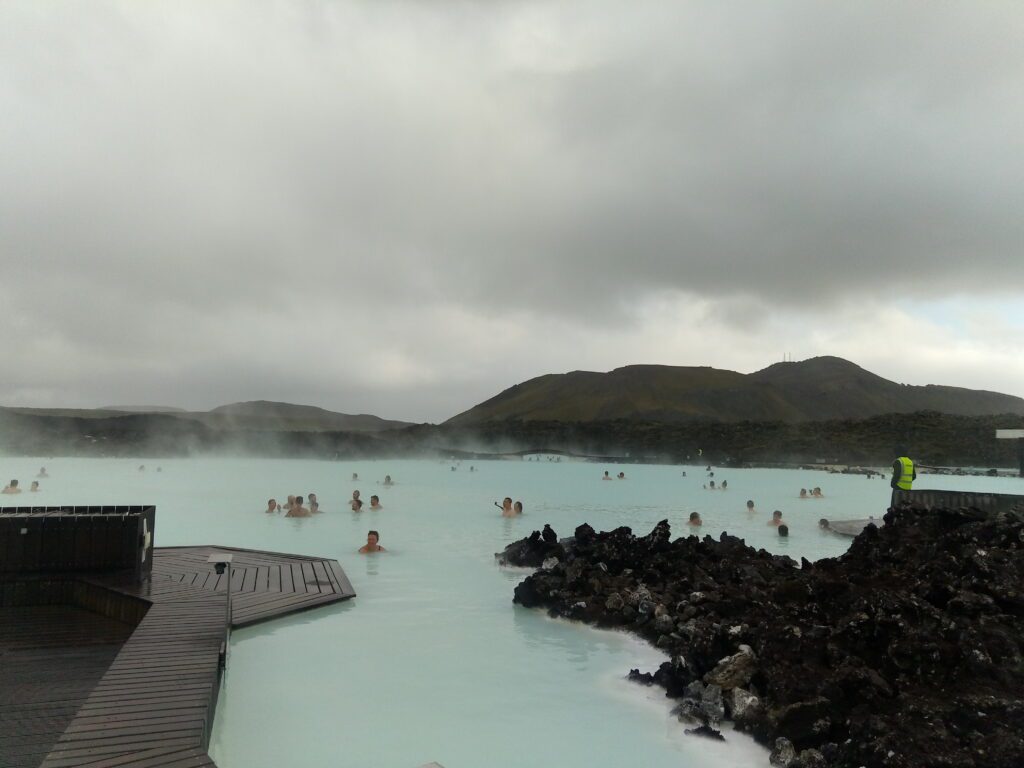

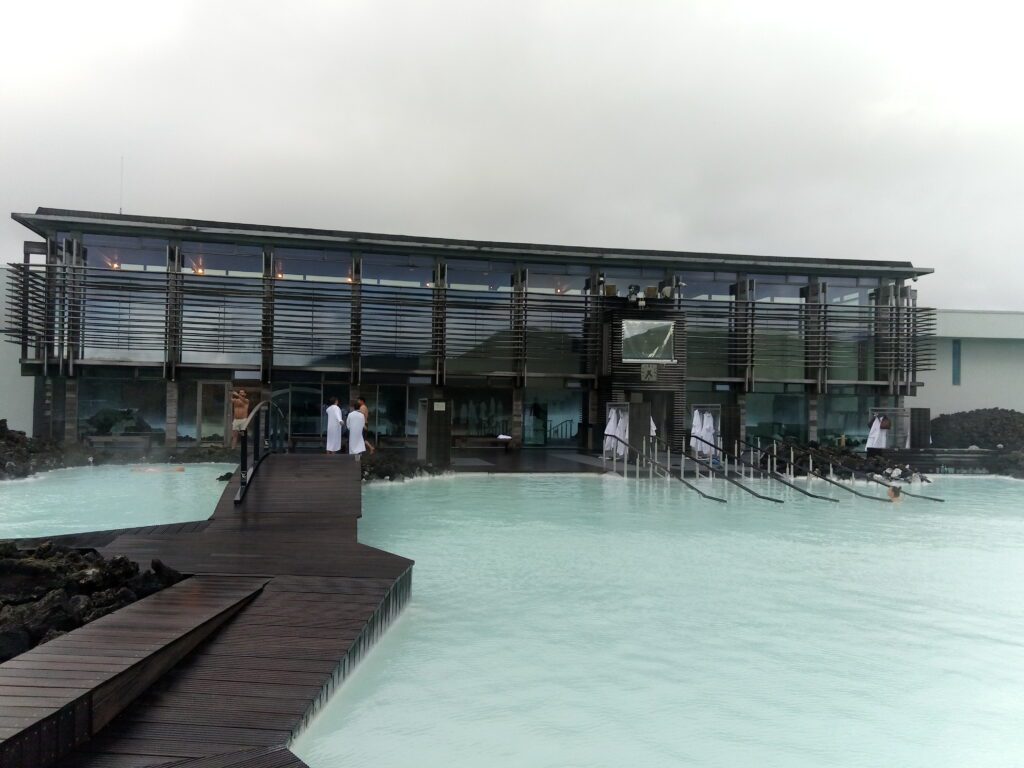

9 Hofdi House
Hofdi House is a historic building located in Reykjavik, Iceland. It was built in 1909 as a private residence for a local businessman but is perhaps best known for its role in international diplomacy.
In 1986, Hofdi House hosted the Reykjavik Summit, a meeting between United States President Ronald Reagan and the Soviet Union General Secretary Mikhail Gorbachev. The summit was a critical moment in the Cold War, as the two leaders discussed arms control and the potential for nuclear disarmament.
Today, Hofdi House is a popular tourist attraction, and visitors can take guided tours of the historic building. The house has been preserved in its original state, with period furnishings and decor, and visitors can learn about its history and the important role it played in shaping world events. The building and its surrounding area also offer picturesque views of the nearby waterfront and the mountains beyond.
Location: Felagstun 1
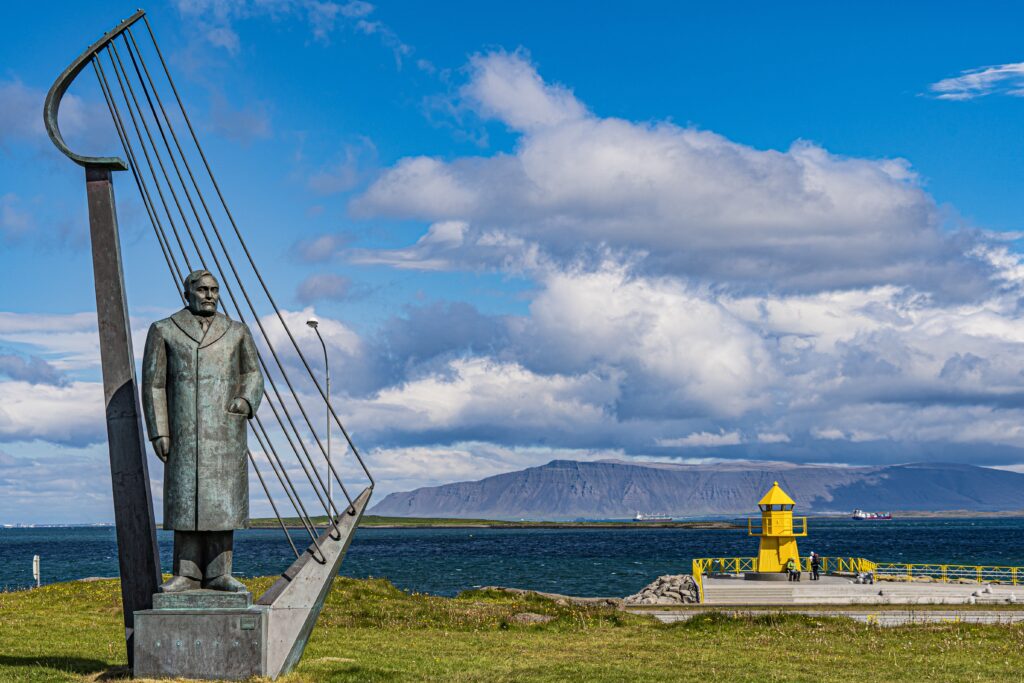

10 Grotta Lighthouse
Grotta Lighthouse is a small lighthouse located on the westernmost point of Reykjavik, Iceland. It was built in 1947 and stands on a small island called Grotta, which is connected to the mainland by a causeway that is submerged at high tide.
The lighthouse is a popular attraction for visitors to Reykjavik, who come to enjoy the scenic views of the surrounding coastline and the nearby mountains. Visitors can also walk out to the lighthouse during low tide and explore the rocky shoreline, which is home to a variety of seabirds, including puffins.
In addition to its natural beauty, Grotta Lighthouse has an interesting history. During World War II, the lighthouse was used as a lookout point by the British military, who were stationed in Iceland to protect shipping convoys from German submarines. Today, the lighthouse is owned and maintained by the Icelandic Maritime Administration, and is an important aid to navigation for ships entering and leaving Reykjavik harbor.
Location: Seltjarnarnes
Spend the night at Reykjavik
Booking.comBook a guided tour
People also read:
- The Blue Lagoon, Iceland’s Iconic Geothermal Spa
- The Golden Circle: Iceland’s Crown Jewel of Natural Wonders
- Do’s and don’ts while in Iceland
- 10 most beautiful waterfalls in Iceland
- Capturing the Northern Lights in Iceland
- Iceland ring road in 10 days
- Vatnajökull National Park and Diamond Beach
- Driving in Iceland
- Renting a Campervan in Iceland
FAQ
This article may contain affiliate links. This means that we receive a small commission when you book something via these links. Of course, this does not cost you anything extra. Did our tips help you? We would love it if you book your trip via the links in the article above. Thank you so much.
Read more articles on my Iceland page.